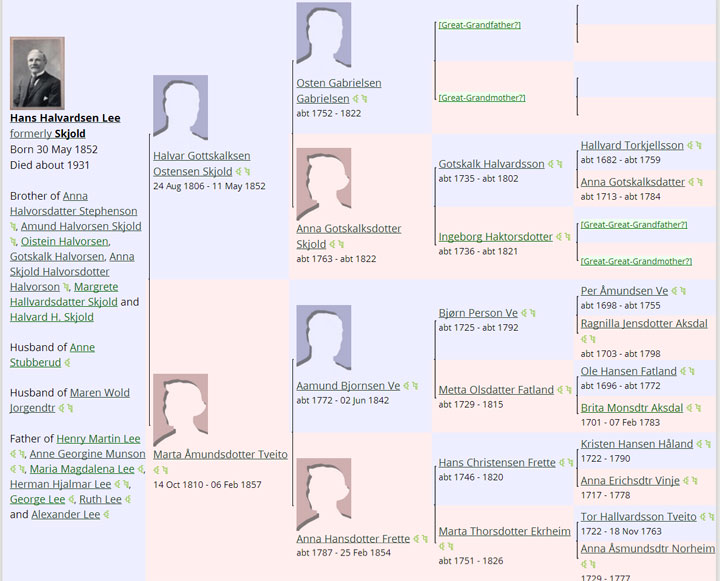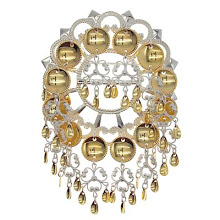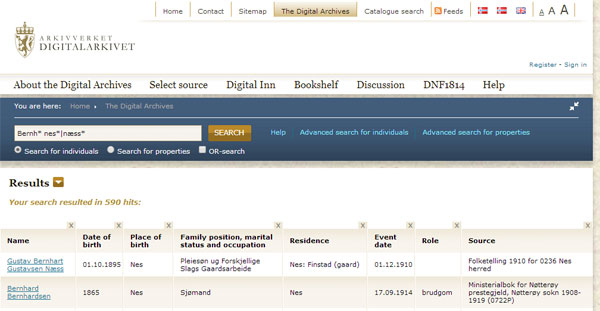My cousin Dick Larkin has put together a wonderful guide to reading Norwegian churchbooks which is now available in our downloads section. It includes many charts, urls, and images of handwriting. Since so many Norwegian records are online at http://arkivverket.no/eng/content/view/full/629 – this is great help in doing genealogical research. While the census records there are transcribed to typewritten entries and easy to use, the church records require pouring through the images of handwritten entries so help or skill is needed to interpret them.
Here are a few excerpts from his guide:
“If you have chosen your parents wisely, your genealogical research will include Norwegian records. Norway has one of the most readily accessible bodies of genealogical data of any country outside the United States; the ‘Kirkeboker’, or churchbooks, are an important part of those data. They are the primary repository of data on births, marriages, and deaths for roughly the period 1670 to 1930, and, best of all, they are online and accessible without cost. Their only real downside is that they can be a challenge to read. This paper will help you overcome that challenge.
and how to figure out which churchbook:
“There are three ways to start: – First and best is to scour your own family records, certificates, Bibles, letters, diaries, and the like, and to inquire of elderly living relatives for clues as to where in Norway your ancestors came from. – Second is to look on Rootsweb (
www.rootsweb.ancestry.com) to see if someone else has been researching your family and has posted their family tree data there. – Third is to use
theFamilySearch website, but this may or may not be very helpful without at least some other clues. For example, this search lists over 137,000 people named Ole Olsen born in Norway between 1650 and 1930. Two ways to narrow this search are first by date of birth (or other known or closely estimated date); second is by location – at least at the county level. But even narrowing the search to Vest Agder County, and birth years 1800 to 1830 still gives 692 Ole Olsens. Death records in the United States sometimes identify a birth location in Norway; a farm name may give a clue (but a given farm name will likely be found in multiple communities and counties).
[Editor’s note when your ancestors names do not end in -sen or -son they have probably taken their farm name as their surname in this country for example Sande, Hauge, Skjold, and Tveit are all farm names. The familysearch listings for specific counties usually give a list of farm names but these may not be complete so try googling for the farm name with the words farm and norway. For example, googling for “tveit farm norway” turns up farms in at least four different counties.]
Continue reading →



